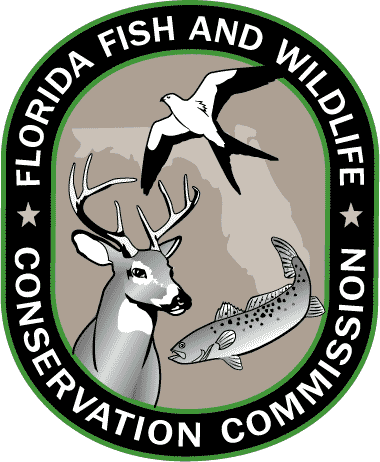Florida FWC Invites Input on Draft Plans to Conserve Eight Species, Including Beach-nesting Shorebirds

The snowy plover, American oystercatcher, black skimmer and least tern lay their eggs and hatch their young on Florida beaches, spoil islands and rooftops. Loss and degradation of habitat are major threats to the shorebirds’ survival, with their colonies and nesting areas becoming fewer and more fragmented. Because of their declining numbers in Florida and habitat loss, these beach-nesting birds qualify for listing as state-threatened species.
The just-released draft action plan for imperiled beach-nesting birds is among the second group of draft species action plans covering 60 species that the Florida Fish and Wildlife Conservation Commission (FWC) is unveiling in 2013.
The alligator snapping turtle, Florida bonneted bat, white-crowned pigeon and Florida tree snail also have newly drafted species action plans. The public is invited to review and comment on the plans at http://share1.myfwc.com/ISMP/default.aspx now through April 23, 2013.
Earlier this year, the FWC released the first group of draft species action plans that included 23 species. The agency will roll out the remaining plans later this spring and summer. For a full list of species and to review all of the draft species action plans, visit our website at MyFWC.com/WildlifeHabitats and select Imperiled Species.
The draft action plan for imperiled beach-nesting birds spells out steps to conserve these four species with the ultimate goal that they no longer will be listed as threatened.
“The dynamic nature of Florida beaches, from natural changes caused by storms and erosion to the presence of beachgoers and the loss of habitat, poses significant challenges to the survival of beach-nesting birds,” said Claire Sunquist Blunden, the FWC’s stakeholder coordinator for imperiled species management planning.
The FWC’s draft plan outlines commonly shared conservation measures that will benefit the snowy plovers, American oystercatchers, black skimmers and least terns throughout our state. Successful conservation of beach-nesting birds will require action not only by the FWC but also the cooperation of the many different groups which use, own and care about Florida’s coastal resources. They include local, state and federal government agencies, the public, private property owners, non-governmental organizations, businesses and researchers.
People enjoying Florida beaches during spring break need to be aware they should keep their distance from beach-nesting birds. For more tips, go to MyFWC.com/WildlifeHabitats and select “Share the Beach with Beach-nesting Birds.”
The draft species action plans are a vital component of Florida’s new conservation model, which first involved preparing Biological Status Reviews for 60 imperiled species and now requires developing plans to conserve each of them. Once the 49 plans covering 60 species are revised based on public input, FWC teams will look for common themes and actions to develop Integrated Conservation Strategies.
“We hope the public and stakeholders will comment on the draft species action plans and share their ideas on common themes or actions among plans,” said Claire Sunquist Blunden.
Finally, an Imperiled Species Management Plan will be developed that ties together the action plans covering 60 species, addressing the commonalities of what’s necessary to conserve all the wildlife represented in the plan.

